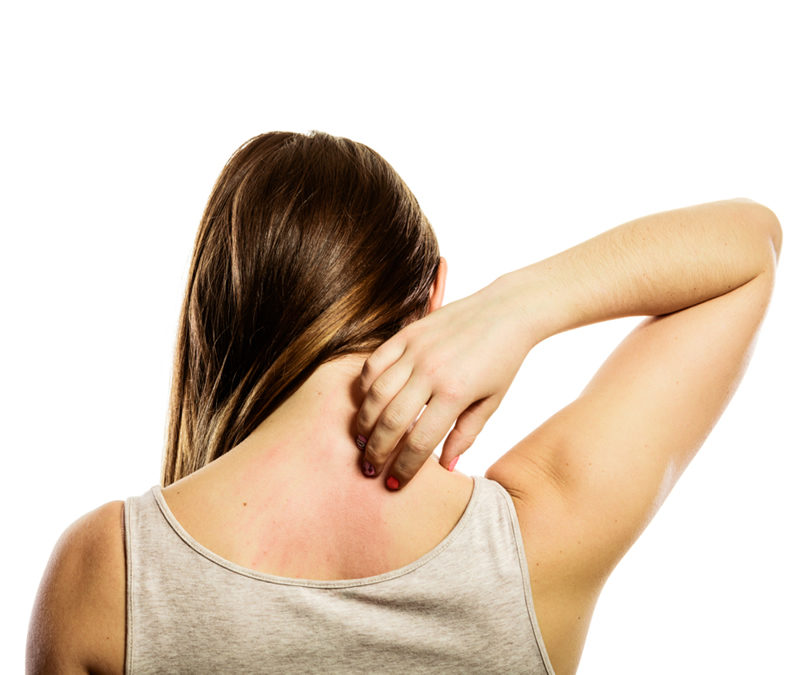Treating moderate outbreaks of atopic dermatitis with narrowband UVB phototherapy produces very positive results, with moderate improvement seen in 80% of cases.
Atopic dermatitis, just like other skin diseases such as vitiligo or psoriasis, can be treated effectively with narrowband UVB phototherapy.
According to data from the Healthy Skin Foundation of the Spanish Academy of Dermatology and Venereology, moderate improvement is observed in 80% of cases of moderate outbreaks or maintenance treated with narrowband UVB phototherapy.
The wavelengths used in narrowband UVB phototherapy measure 311 nm, meaning it excludes radiation under 300 nm, with strong potential for erythema (causes reddening of the skin) but not therapeutic.
This kind of phototherapy has a higher safety profile than PUVA (psoralen and UVA therapy) and broadband UVB phototherapy.
Our domestic-use nb-UVB phototherapy lamp has a timer to ensure precise exposure times, and comes with a complete user manual specifying session durations.
In the case of treating atopic dermatitis, a protocol based on the patient’s phototype is followed, with recommended increases per session of around 10% depending on the appearance or non-appearance of erythema.

